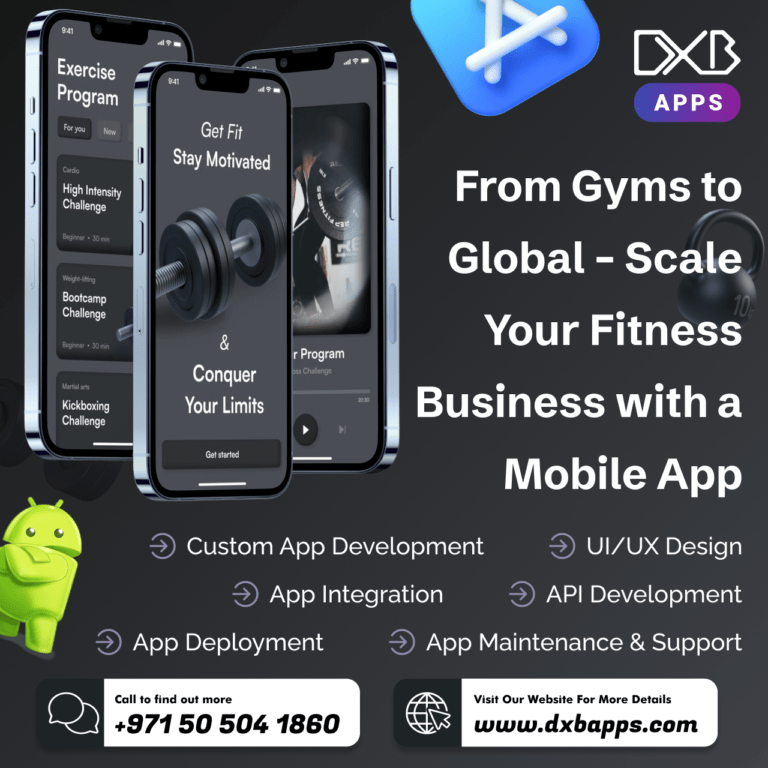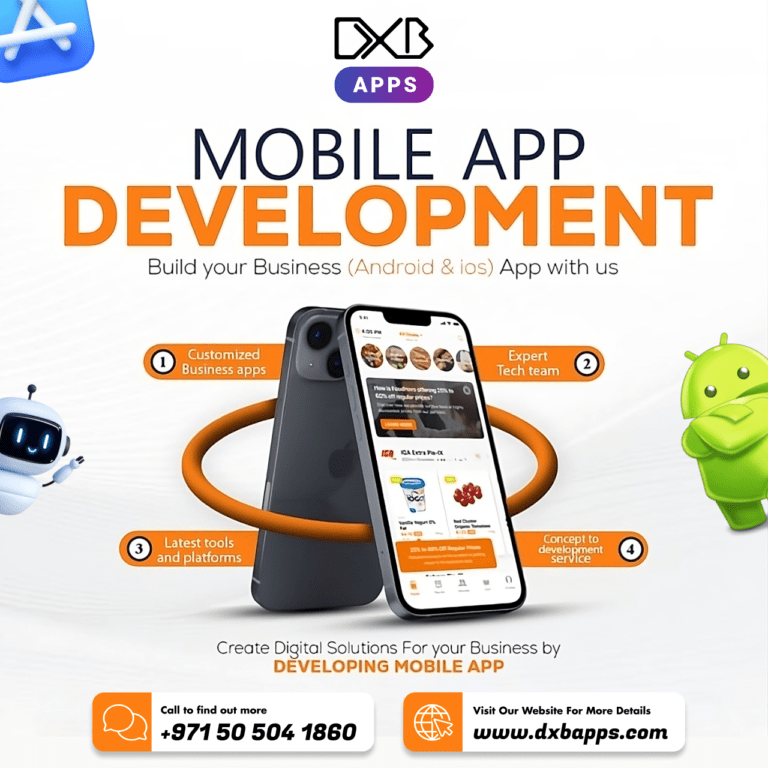A responsive and accessible website ensures that all users, regardless of their device or abilities, can navigate and engage with content effortlessly. As digital experiences become more crucial, businesses must prioritize user-friendly designs that enhance usability, inclusivity, and performance. This guide outlines the key principles and best practices for creating responsive and accessible website designs.
1. Emphasize Mobile-First Design
With a majority of users accessing websites via mobile devices, a mobile-first approach ensures optimal usability. Best practices include:
- Designing with smaller screens in mind and scaling up for larger displays.
- Using flexible grids and fluid layouts to adapt to various screen sizes.
- Prioritizing essential content and eliminating unnecessary elements for a clean interface.
2. Implement Flexible and Scalable Layouts
A responsive design adapts seamlessly to different screen resolutions and orientations. Achieve this by:
- Utilizing CSS media queries to adjust styles based on device width.
- Implementing relative units (e.g., percentages, em, rem) instead of fixed pixels.
- Ensuring images and videos scale proportionally to prevent distortion.
3. Ensure Accessibility for All Users
An inclusive website accommodates users with disabilities, improving overall user experience. Key accessibility features include:
- Using semantic HTML to enhance screen reader compatibility.
- Providing alternative text (alt text) for images and multimedia elements.
- Enabling keyboard navigation for users who cannot use a mouse.
- Ensuring color contrast meets Web Content Accessibility Guidelines (WCAG) for readability.
4. Optimize Website Performance
A fast-loading website improves user retention and engagement. Enhance performance by:
- Compressing images and using next-gen formats (e.g., WebP) to reduce file sizes.
- Implementing lazy loading for images and videos to improve page speed.
- Minimizing HTTP requests and reducing reliance on large scripts and plugins.
- Using caching and Content Delivery Networks (CDNs) to improve load times globally.
5. Create Intuitive and Easy Navigation
Users should find what they need quickly and effortlessly. Improve navigation by:
- Designing a clear and simple menu structure.
- Including a search bar for quick content discovery.
- Implementing breadcrumbs to help users track their navigation path.
- Using sticky navigation for easy access to key sections.
6. Use Readable and Scalable Typography
Text should be easy to read on all screen sizes. Ensure optimal typography by:
- Choosing legible fonts with sufficient spacing.
- Using relative units (e.g., rem) for text size to allow user adjustments.
- Maintaining a proper text-to-background contrast ratio.
- Limiting the number of font styles to improve consistency and readability.
7. Optimize Forms for Accessibility and Usability
Forms are a crucial part of user interaction, and they should be easy to complete. Improve forms by:
- Using labels and placeholders for clarity.
- Ensuring form fields are large enough for touch interactions.
- Providing error messages with clear guidance for corrections.
- Allowing autofill and autocomplete to enhance efficiency.
8. Prioritize Security and Data Protection
Users trust websites that protect their data. Strengthen security by:
- Implementing SSL certificates for encrypted connections (HTTPS).
- Using CAPTCHA to prevent spam and bot submissions.
- Complying with data protection laws such as GDPR and CCPA.
- Regularly updating software and plugins to mitigate security vulnerabilities.
9. Test Across Multiple Devices and Browsers
Ensure your website functions smoothly for all users by:
- Conducting cross-browser testing (Chrome, Firefox, Safari, Edge, etc.).
- Checking responsiveness on different screen sizes and resolutions.
- Using accessibility testing tools to identify and fix issues.
- Gathering feedback from real users to improve design and usability.
10. Continuously Improve Based on User Feedback and Analytics
Web design is an ongoing process that evolves based on user needs. Maintain a high-quality experience by:
- Tracking user behavior through analytics tools.
- Conducting usability tests to identify areas for improvement.
- Regularly updating content and design elements.
- Using A/B testing to compare different layouts and functionalities.
Conclusion
Creating a responsive and accessible website is essential for ensuring all users have an enjoyable and efficient experience. By focusing on mobile-first design, flexible layouts, accessibility, performance, and security, businesses can build websites that cater to diverse audiences. Following these best practices will help you stay competitive while improving user satisfaction and engagement.
























































































































































































































































































































































































































































































































